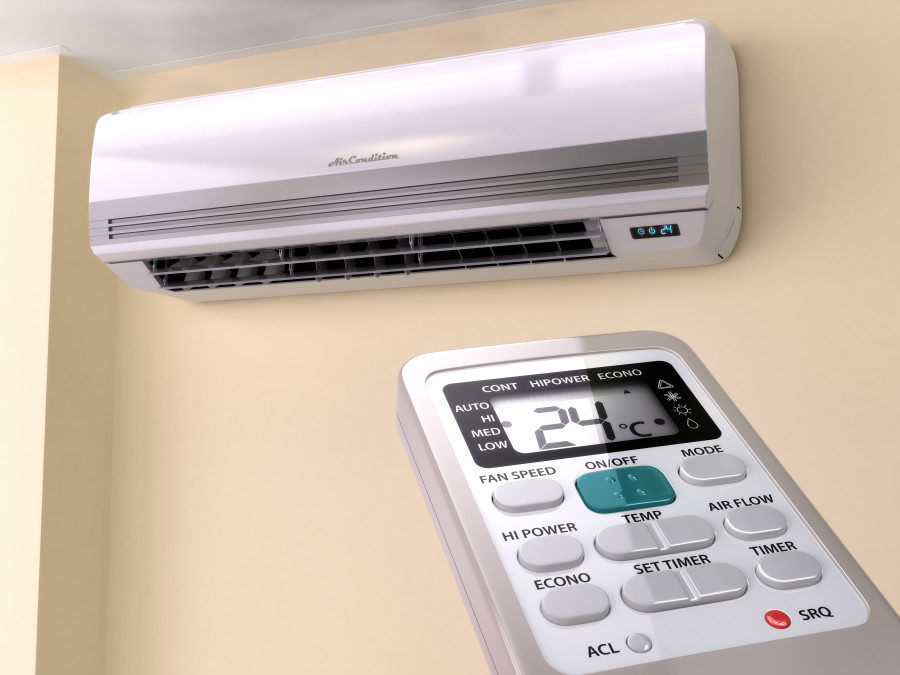Temperatures vary from room to room in many residences due to effects like heat rising upstairs from the lower level, daily exposure to sun, or the distance from the central air handler and blower. Personal comfort expectations often conflict, as well. We all know some family members prefer a warmer room while others like to keep it chilly. How do you keep all those diverse spaces and differing preferences comfortable under the same roof with only a single thermostat to make adjustments? A zoning system enables multiple temperature adjustments from a single HVAC system.
Enter the Zone
One solution is installing an additional separate furnace and central A/C. That’s the way comfort control is traditionally managed in spacious homes with large square footage. However, the cost of retrofitting a second HVAC system, as well as the energy expenses to operate it, is substantial and for the average homeowner, often prohibitive. A zoning system allows you to maintain your single existing HVAC system and divide your home into two or more entirely separate temperature zones controlled by independent programmable thermostats.
How Zoning Systems Work
In a typical zoning system, motorized dampers installed inside ductwork adjust airflow to branch ducts serving individual zones. These dampers are operated by a central controller that receives input from dedicated thermostat in each zone. When the thermostat in Zone A signals for air conditioning, the controller opens the appropriate dampers and cool air flows to that zone only. If Zone B subsequently needs cooling, the controller opens dampers to that zone, as well.
As each zone independently achieves its thermostat setting, dampers shut to stop the flow of conditioned air into that section of ductwork. When all zones are at the desired temperature, the air conditioner cycles off and all dampers revert to the default open position. In winter, the system functions the same way to distribute heating from the furnace.
Where Zoning Works Best
In split-level homes, zoning helps counteract the tendency of upper floors to be noticeably warmer year-round. New additions or renovations with special temperature needs, like a finished basement that’s naturally chilly, for example, also benefit from individual temperature adjustment, as do rooms with vaulted ceilings that tend to lose heat or window space that admits plentiful solar radiation during the day.
Where the home layout includes wings far from the central A/C or furnace at the end of long spans of ductwork, zoned adjustments improve comfort control. Where unused rooms need little or no heating or cooling, zoning is also a better alternative than closing off supply vents, which tends to unbalance airflow throughout the whole house.
Benefits of a Zoning System
- Lower operating costs – Stop cooling or heating areas of the home that don’t need it in order to condition areas that do. Studies show that, at any given time, no more than two-thirds of the square footage of the home requires temperature adjustments with cooling or heating. Conditioned air delivered elsewhere — to unoccupied rooms or areas that are already comfortably cool or warm — is simply wasted energy. Homeowners who install a zoning system typically see HVAC operating costs decline by up to 30 percent.
- Reduced wear and tear – Because temperature control is delivered only to spaces that actually require it, your air conditioner and furnace run fewer hours per day and cycle on and off less frequently. This reduces stress on system components and can increase the expected service life of cooling and heating equipment.
- Superior comfort control – With a dedicated, independent thermostat in each zone, occupants can customize temperatures in their area of the home without affecting others elsewhere. A good example is an upper level of a house that's typically warmer than the lower level due to the natural effect of rising heat. Residents upstairs can program the independent thermostat in that zone for more cooling without freezing the occupants downstairs.
For more information on the benefits of a zoning system for whole-house comfort and efficiency, check out Bryans United Air Conditioning's cooling and heating solutions or call 504-208-2071.


